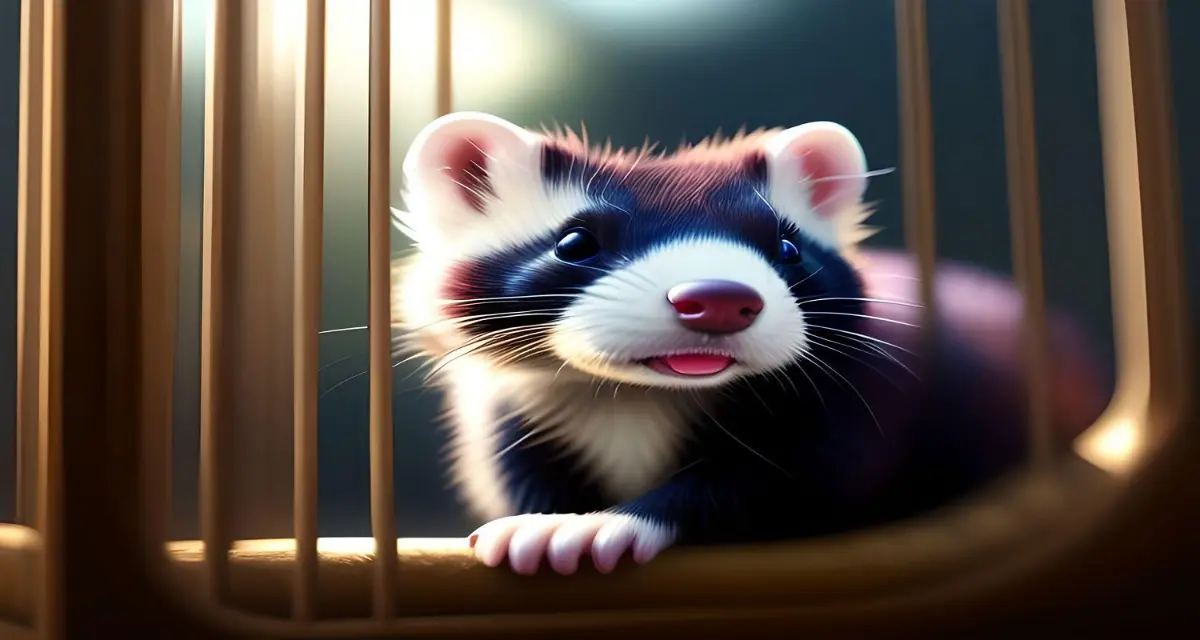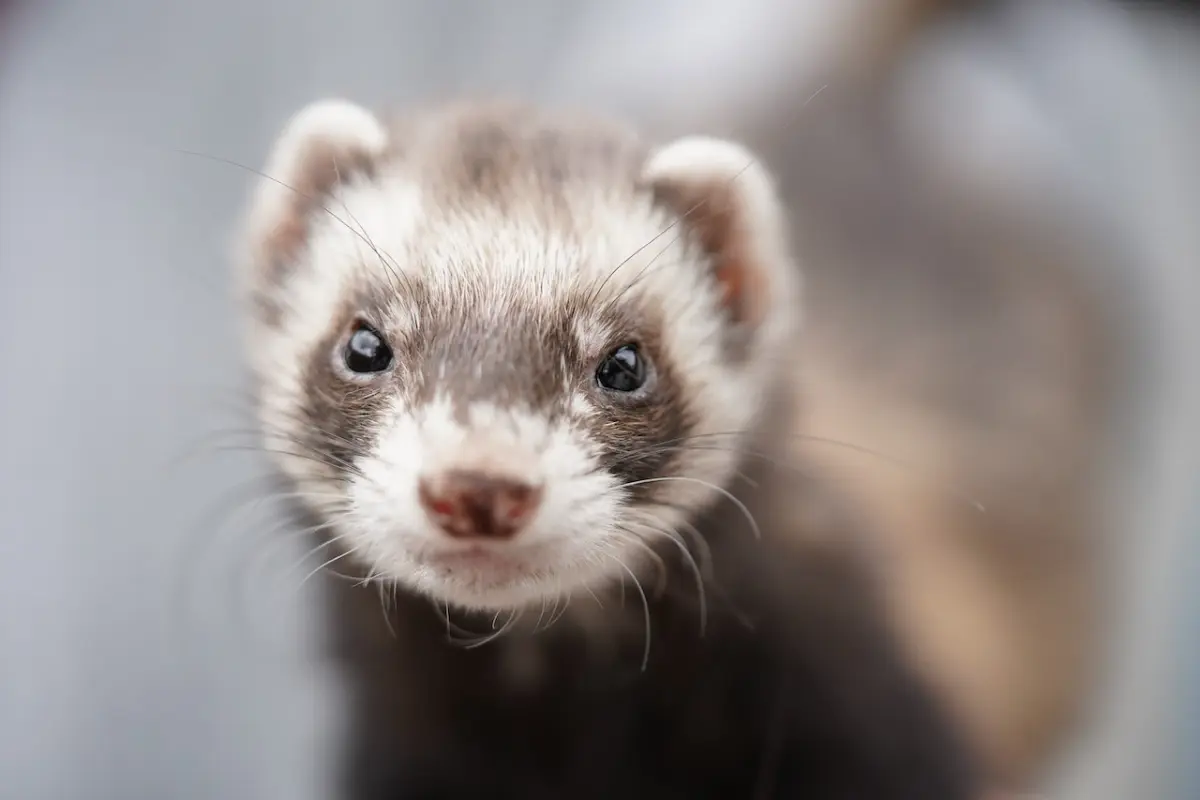Bringing a new pet into your home is an exciting adventure, but it can also present challenges when it comes to introducing them to your existing furry family members. If you have a ferret and you are considering expanding your pet clan, it’s important to approach the introduction process with care to ensure a smooth transition and foster a harmonious environment for all.
Just like we’ve always done, we’ll once again share with you great tips for successfully introducing your ferret to other pets, ensuring a harmonious and happy foster pet family.
- Gradual Introduction: When introducing your ferret to other pets, it’s crucial to take it slow and allow each animal to become familiar with the scent and presence of the other gradually. Start by isolating your ferret in a separate room with their essentials while your other pets have free access to the rest of the house. This allows them to get accustomed to each other’s scents without direct contact, reducing potential stress and anxiety.
- Scent Exchange: To further acclimate your pets to each other’s presence, utilize scent exchange techniques. Swap bedding or blankets between your ferret and other pets, allowing them to investigate and become familiar with each other’s scent. This method helps build familiarity and can ease the introduction process when they finally meet face-to-face.
- Controlled Visual Introduction: Once your pets have become accustomed to each other’s scent, it’s time for a controlled visual introduction. Use a sturdy pet gate or crate to separate them initially, allowing them to see and observe one another without direct contact. This controlled environment ensures their safety while providing an opportunity for them to gauge each other’s reactions and body language.
- Supervised Interactions: When you feel that your pets have become more comfortable with the visual presence of each other, it’s time to proceed to supervised interactions. Keep your pets on leashes or harnesses during these initial interactions to maintain control and prevent any potential conflicts. Allow them to explore and interact under close observation, stepping in to redirect any negative behaviors or signs of aggression. Positive reinforcement in the form of treats and praise can be used to reward calm and friendly behavior.
- Gradual Integration: As your pets continue to interact positively under supervision, you can gradually increase their time together. Start with short periods of supervised interaction and gradually extend the duration as their comfort level grows. Be patient and attentive to their behavior throughout this process, ensuring that it remains positive and stress-free for all involved.

Now, let us get into some other more detailed tips for a few pets;
Understanding Ferret Behavior
Before introducing your ferret to other pets, it’s crucial to have a basic understanding of ferret behavior. Ferrets are playful and energetic animals, but their natural hunting instincts can sometimes cause them to see smaller pets as prey. Additionally, ferrets can be territorial and may not initially welcome a new animal into their space. Understanding these behaviors can help you better manage introductions and ensure the safety of all your pets.
Preparing Your Home
Before introducing your new ferret to your other pets, take some time to prepare your home for their arrival. This may include:
- Setting up a separate space: Create a separate living space for your ferret, complete with a cage, bedding, litter box, food and water dishes, and toys. This will give your ferret a safe and comfortable place to settle in before meeting your other pets.
- Establishing boundaries: Consider using baby gates or playpens to create boundaries between your ferret and other pets during the introduction process. This can help prevent unwanted interactions and allow both parties to become familiar with each other’s presence from a safe distance.
- Scent swapping: Exchange bedding or toys between your ferret and other pets to help them become familiar with each other’s scents before meeting face-to-face.
Introducing Your Ferret to Dogs
Dogs can be curious and playful companions for ferrets, but it’s essential to introduce them slowly and carefully to ensure a positive relationship. Here are some tips for introducing your ferret to a dog:
- Start with controlled interactions: Begin by introducing your ferret and dog while the ferret is in their cage or playpen. This allows both animals to observe each other from a safe distance and become familiar with each other’s presence.
- Use a leash: When you’re ready for a face-to-face introduction, keep your dog on a leash to prevent any sudden movements or overly enthusiastic play.
- Monitor body language: Observe the body language of both your ferret and dog during the introduction. Look for signs of stress, fear, or aggression, such as growling, hissing, or raised fur. If either animal displays these behaviors, calmly separate them and try again another time.
- Gradually increase interaction: As your ferret and dog become more comfortable with each other, gradually increase the amount of interaction and supervised playtime. Remember to always supervise their interactions to ensure the safety of both pets.
Introducing Your Ferret to Cats
Cats and ferrets can sometimes form strong bonds, but their interactions can be unpredictable. Follow these steps to introduce your ferret to a cat:
- Controlled introductions: Similar to introducing a dog, start with controlled interactions between your ferret and cat, with the ferret in their cage or playpen.
- Allow for escape: Ensure your cat has an escape route or high perch to retreat to if they become uncomfortable during the introduction.
- Supervise closely: During face-to-face introductions, closely supervise your ferret and cat, watching for any signs of stress or aggression. Be prepared to intervene if necessary.
- Gradual progress: As your ferret and cat become more comfortable with each other, gradually increase their interaction time and encourage supervised play.
Introducing Your Ferret to Birds and Small Animals
Ferrets are natural predators, and it’s generally not recommended to house them with birds or small animals such as rodents. However, if you must introduce your ferret to these pets, follow these precautions:
- Never leave them unsupervised: Always closely supervise any interactions between your ferret and birds or small animals, and never leave them alone together.
- Maintain separate living spaces: Keep your ferret’s living space separate from your birds or small animals to prevent any unwanted interactions or stress.
- Consider barriers: Use barriers such as cages or playpens to prevent direct contact between your ferret and birds or small animals during introductions.
Monitoring Interactions and Adjusting as Needed
It’s essential to closely monitor the interactions between your ferret and other pets, especially during the initial introduction period. Keep an eye out for any signs of stress, fear, or aggression, and intervene if necessary. Remember that every animal is unique, and it may take time for your pets to establish a comfortable relationship. Be patient and adjust your approach as needed to ensure a harmonious foster pet family.
To Wrap Up
By following these tips for a gradual and supervised introduction, you can create an environment that fosters pet harmony and ensures the well-being of all your furry family members.
